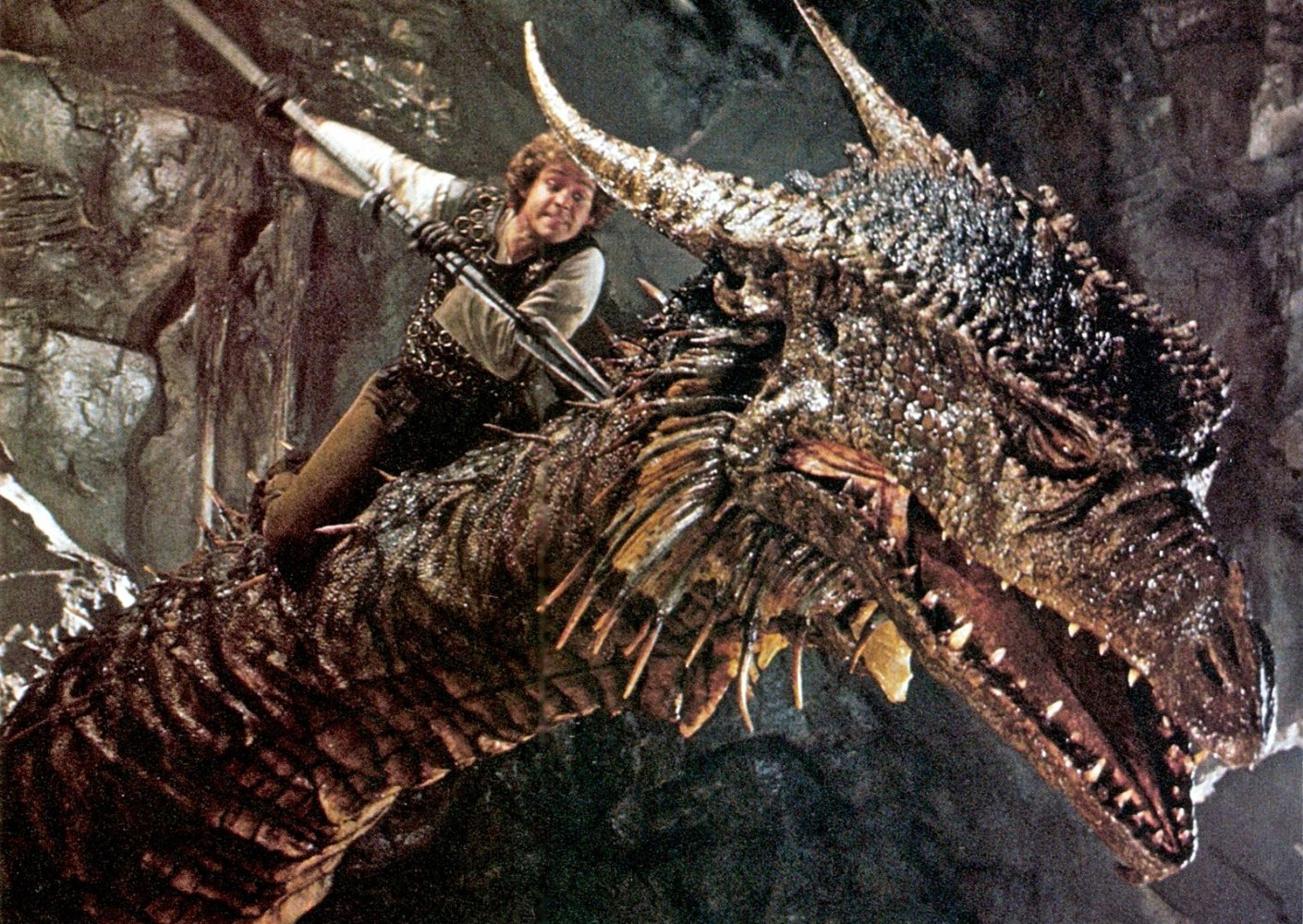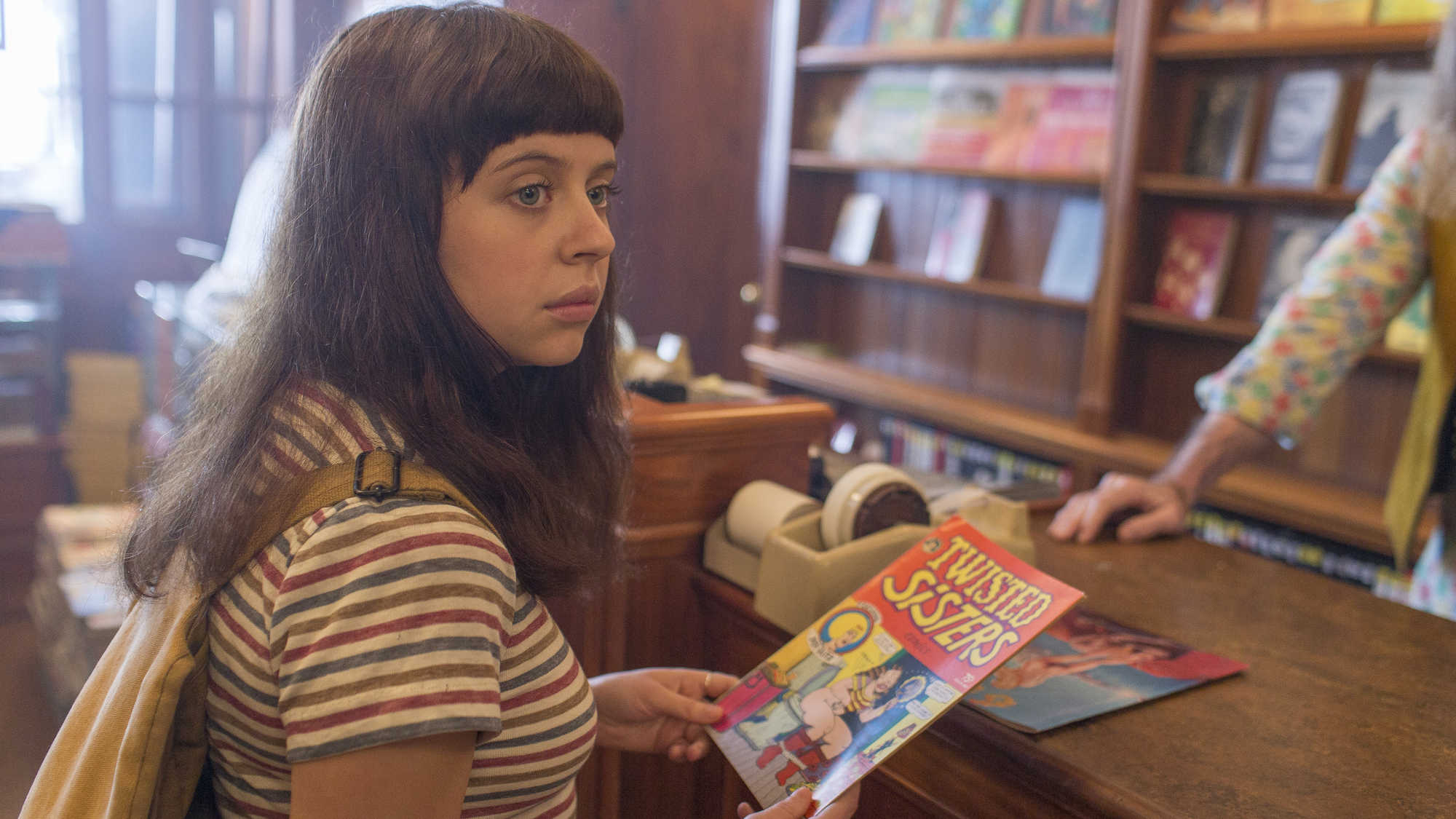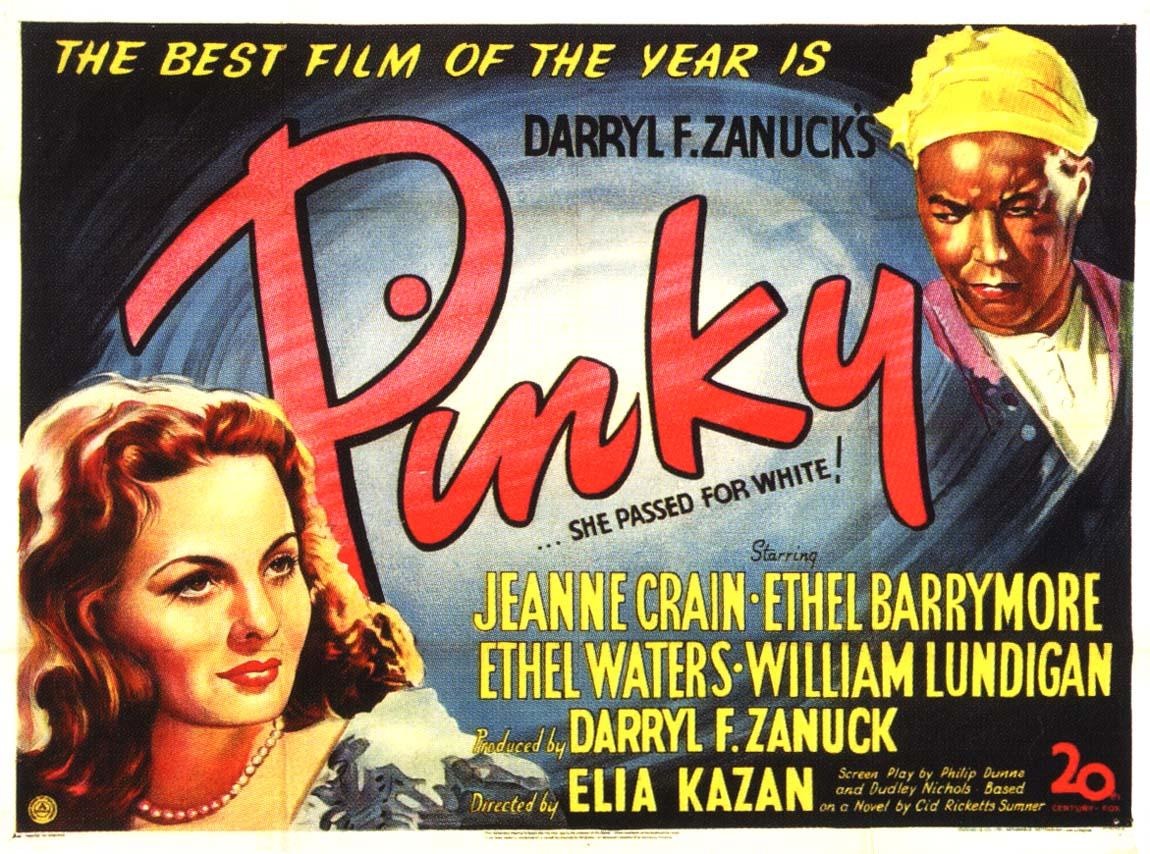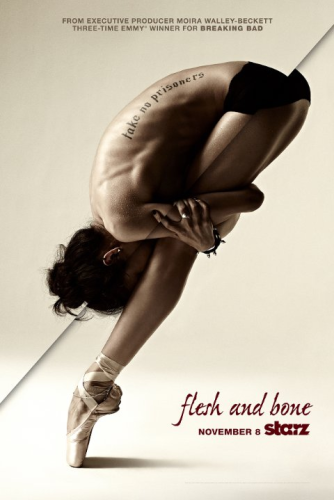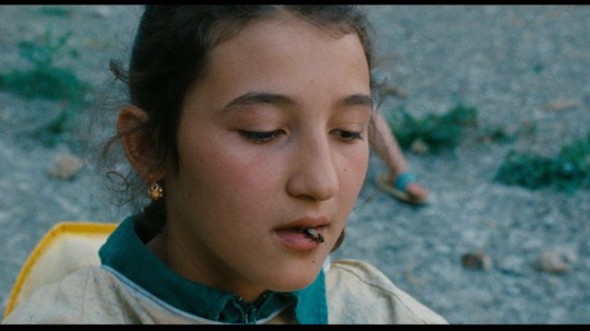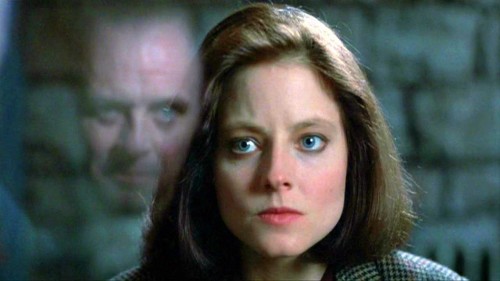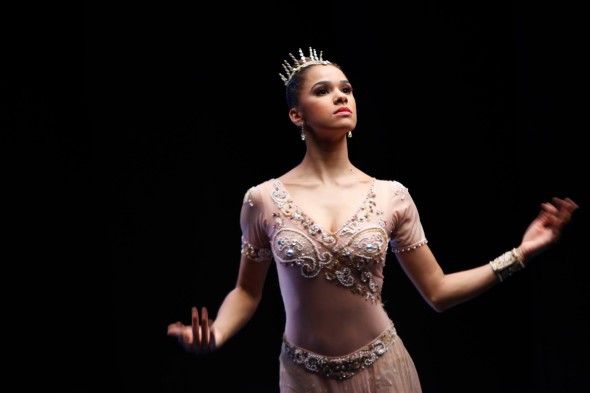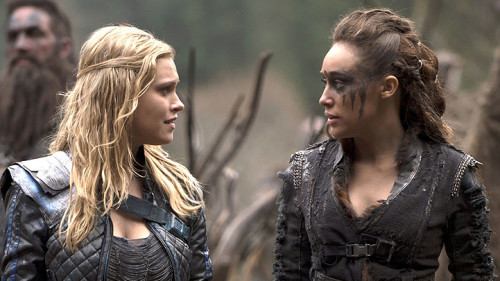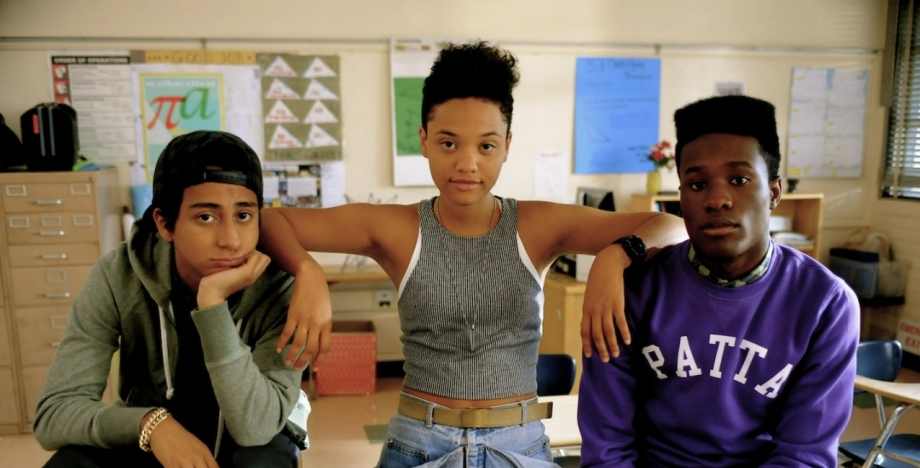Bitch Flicks’ Weekly Picks
Rosario Dawson Gives Some Real Talk on the Reality for Actresses by Kerensa Cadenas via Women and Hollywood Why I Wrote a ‘Mad Men’ Episode with Negroes by Erika Alexander via Racialicious Spotlight on Women Directors at Tribeca Film Festival by Paula Schwartz via Reel Life with Jane Women in Film Talk Why There Are … Continue reading “Bitch Flicks’ Weekly Picks”
